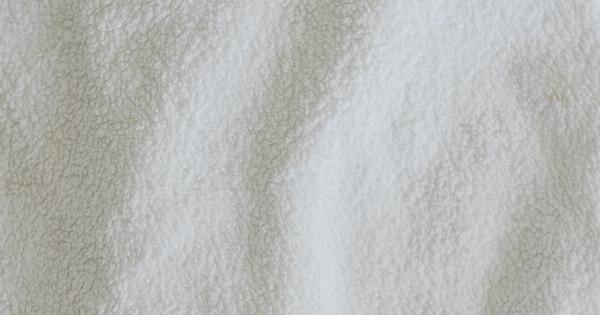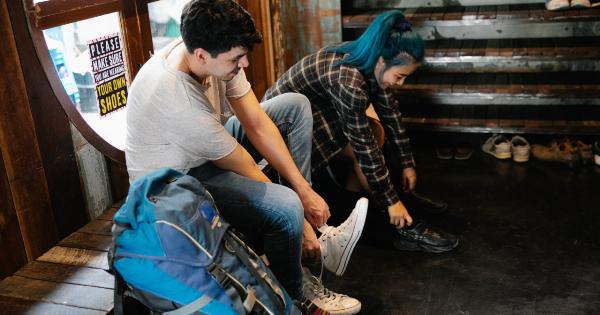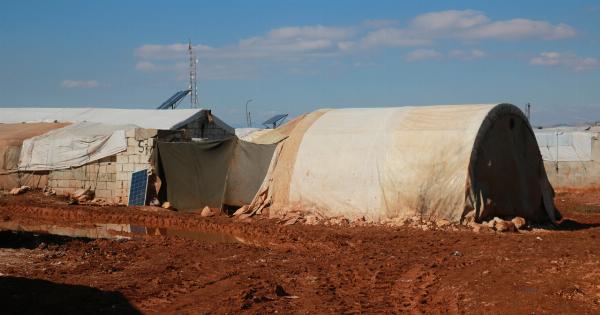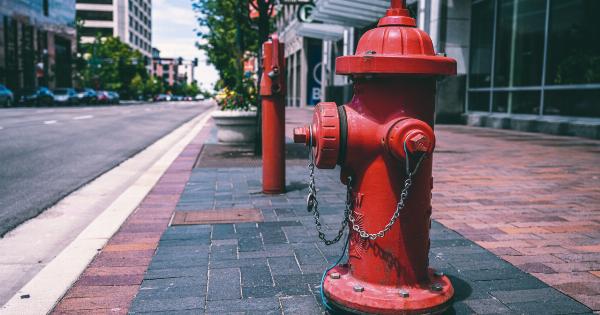When it comes to drying clothes, convenience often takes precedence. Many people resort to drying their clothes indoors, especially in confined spaces such as small apartments or bathrooms.
While it may seem like a practical solution, drying clothes in such environments can pose serious risks to both your health and safety. In this article, we will explore the dangers associated with drying clothes in confined spaces and why it is essential to find alternative methods.
Dampness and Mold Growth
One of the primary risks of drying clothes in confined spaces is the increased dampness in the air. When wet clothes are hung indoors, the moisture evaporates into the surrounding environment, significantly raising the humidity levels.
This excessive humidity creates an ideal breeding ground for mold and mildew growth, compromising the indoor air quality.
Mold can have detrimental effects on your health, particularly for individuals with respiratory conditions like asthma or allergies. Exposure to mold spores can cause allergic reactions, respiratory infections, and even trigger asthma attacks.
Furthermore, mold growth can also damage furniture, walls, and other belongings, leading to expensive repairs.
Fire Hazards
Drying clothes indoors can also pose a significant fire hazard. Most indoor spaces lack adequate ventilation, which means that the moisture from drying clothes cannot escape easily.
As a result, the moisture can accumulate and increase the risk of electrical fires.
If you hang wet clothes near electrical appliances, such as heaters or fans, the moisture in the air can interfere with their normal functioning. The excess humidity can cause short circuits or electrical malfunctions, potentially leading to a fire.
The combination of flammable fabrics and overheated electrical components is a dangerous recipe for disaster.
Poor Indoor Air Quality
When clothes are dried indoors, the excess moisture in the air increases the humidity levels. High humidity not only encourages mold growth but can also lead to a host of other indoor air quality issues.
The damp environment provides an ideal breeding ground for dust mites, which can aggravate allergies and respiratory problems.
In addition to dust mites, drying clothes indoors can also release harmful chemicals and detergents into the air. As clothes dry, they release volatile organic compounds (VOCs) into the surrounding environment.
Prolonged exposure to VOCs can cause headaches, dizziness, and even long-term health effects such as organ damage.
Structural Damage
Confined spaces like bathrooms or small apartments are not designed to handle the excess moisture generated by drying clothes indoors.
The continuous release of moisture and the prolonged exposure of walls, ceilings, and other surfaces to dampness can lead to structural damage.
Constant moisture can cause paint to peel off, wallpaper to bubble, and surfaces to develop mold or mildew. Ultimately, this can weaken the structural integrity of the building and require costly repairs.
The damage may not always be visible, but it can compromise the overall stability and safety of the confined space.
Increased Energy Consumption
Drying clothes indoors can also impact your energy consumption and utility bills. The excess humidity in the air forces cooling systems like air conditioners to work harder to remove moisture and maintain comfortable temperatures.
Consequently, this results in increased energy consumption and elevated electricity bills.
Furthermore, if you live in a region with high humidity levels, the moisture expelled from drying clothes indoors can make the indoor environment feel even warmer and more uncomfortable.
This can lead to an increased reliance on air conditioning, further contributing to energy waste and environmental impact.
Decreased Lifespan of Clothes
Drying clothes indoors, especially in confined spaces, can have a negative impact on the garments themselves. Clothes dried indoors tend to stay damp for longer periods due to the lack of proper air circulation.
As a result, they may develop an unpleasant odor and become a breeding ground for bacteria.
Bacteria growth, along with the high humidity levels, can weaken fabric fibers and lead to premature wear and tear.
Additionally, when clothes take longer to dry, they are more prone to wrinkles, which means you may spend more time and effort ironing them.
Alternatives to Drying Clothes in Confined Spaces
Considering the serious risks associated with drying clothes in confined spaces, it is crucial to explore alternative options. Here are a few alternatives to consider:.
1. Outdoor Drying
Utilize outdoor spaces like balconies or gardens for drying clothes. Hanging clothes outside allows them to dry naturally and benefits from the airflow, reducing the risk of dampness and mold growth.
2. Clothesline or Drying Rack
If you do not have access to outdoor spaces, invest in a clothesline or drying rack for indoor use. These options provide a designated space for hanging wet clothes, allowing them to air dry more efficiently.
3. Dryer Machine
If you have sufficient space and budget, consider investing in a dryer machine. Dryers are specifically designed to safely and effectively dry clothes, minimizing the risks associated with drying indoors.
4. Ventilation Systems
If you must dry clothes indoors, ensure proper ventilation by using exhaust fans or opening windows. Ventilation systems help remove moisture from the air, mitigating the risks of mold growth and poor air quality.
Conclusion
While it may be tempting to dry clothes indoors, it is essential to understand the serious risks associated with this practice, particularly in confined spaces.
From mold growth and fire hazards to poor indoor air quality and structural damage, the dangers of drying clothes indoors far outweigh the convenience it offers. By considering alternative drying methods like outdoor drying, using clotheslines, or investing in a dryer machine, you can prioritize your health, safety, and the lifespan of your clothes.































